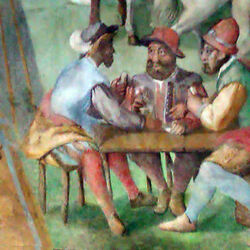Playing Cards from Italy
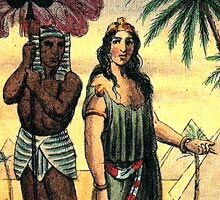
Adolfo Matarelli Transformation
Matarelli was a well known caricaturist who first illustrated Carlo Collodi's famous Pinocchio story. He was also a collaborator in the satirical magazine “Il Lampione”, founded by Collodi.
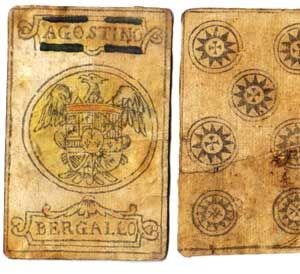
Agostino Bergallo
Agostino Bergallo Spanish pattern made for South American countries
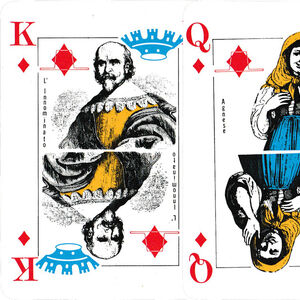
Alessandro Manzoni Centenary
Issued to mark the centenary of the death of Alessandro Manzoni, one of Italy’s greatest writers.
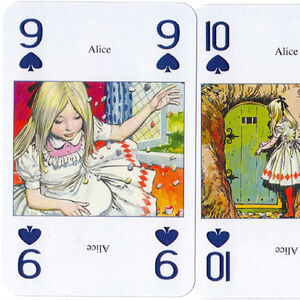
Alice in Wonderland by Jesús Blasco
Alice with artwork by Jesús Blasco, published by Lo Scarabeo, 2003.
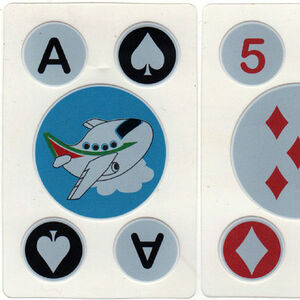
Alitalia
Alitalia advertising deck produced by Premier Portfolio International Ltd.
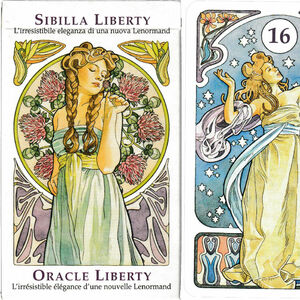
Art Nouveau Oracle
A Lenormand-type fortune-telling pack in the Art Nouveau style.
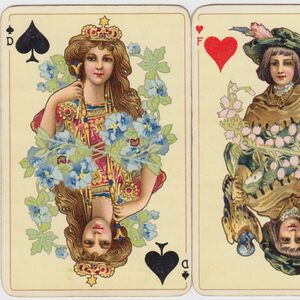
Art Nouveau playing cards from Italy
from the Armanino factory in Genoa
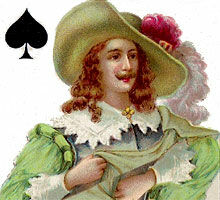
Austrian Lloyd Steamship Company
Possibly one of the most beautiful decks produced for commercial purposes, this was printed by Modiano for the Austrian Lloyd Steamship Company of Trieste in c.1895
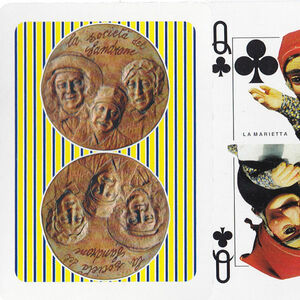
Baracca & Burattini
Baracca & Burattini puppetry deck printed by Dal Negro, 1998.
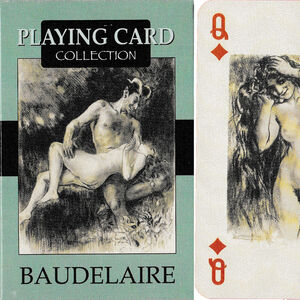
Baudelaire playing card collection
Baudelaire playing card collection illustrated by Alméry Lobel-Riche and published by Lo Scarabeo in 2004.
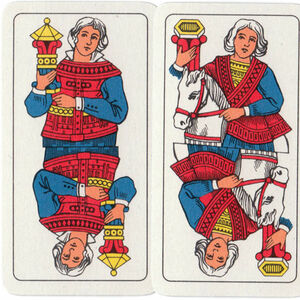
Bergamasche Pattern
Bergamasche Pattern by Modiano, 1970s.
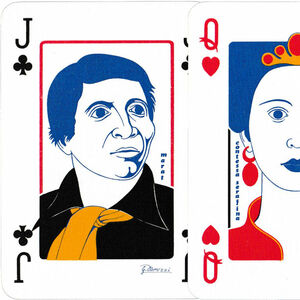
Bicentenario della Rivoluzione Francese
Bicentenary of the French Revolution pack produced by Vannini, Florence, Italy, 1989.
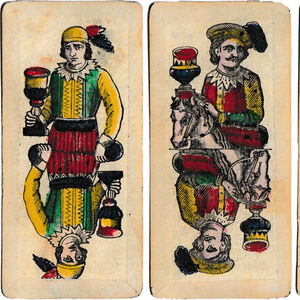
Bolognese pattern
Standard Bolognese pattern pack by Murari of Bari.
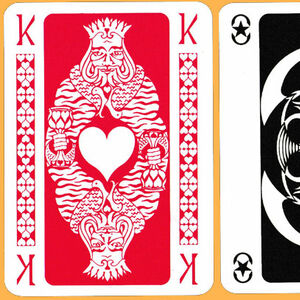
Bolzani e Spagnolo
Stylish monochrome designs by the Archinstudio of Guido Bolzani and Gian-Piero Spagnolo, printed by Masenghini, Bergamo, Italy, 1977.
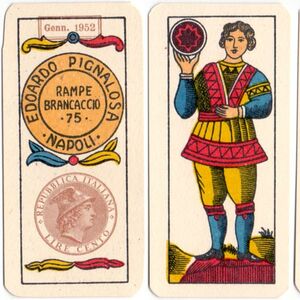
Brescia pattern
The Brescia pattern contains elements which come from a past age.
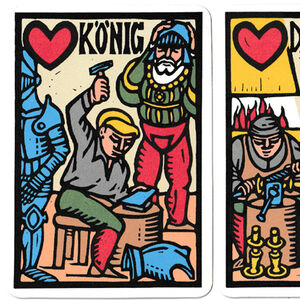
Burgdorf Abschreckhärtetechnik
Promotional pack for a German steel hardening business, with designs by Costante Costantini.
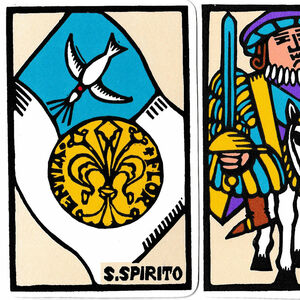
Calcio Storico Fiorentino
‘Calcio Storico Fiorentino’ by Costante Costantini is based on an early form of football that originated during the Middle Ages in Italy.
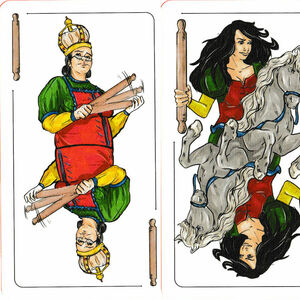
Carte Bolognesi
New designs reinforcing Bologna’s reputation as the gastronomic capital of Italy.
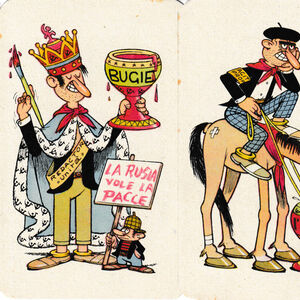
Carte da gioco anticomuniste del Comitato civico
Anti-Communist propaganda pack with satirical designs by Benito Jacovitti.
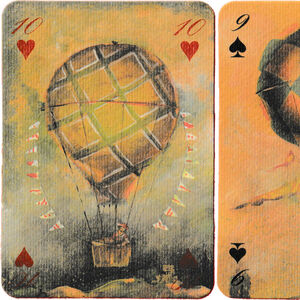
Carte da Gioco Mongolfiere
Various hot-air balloons on a pack from a small Florentine publisher.


